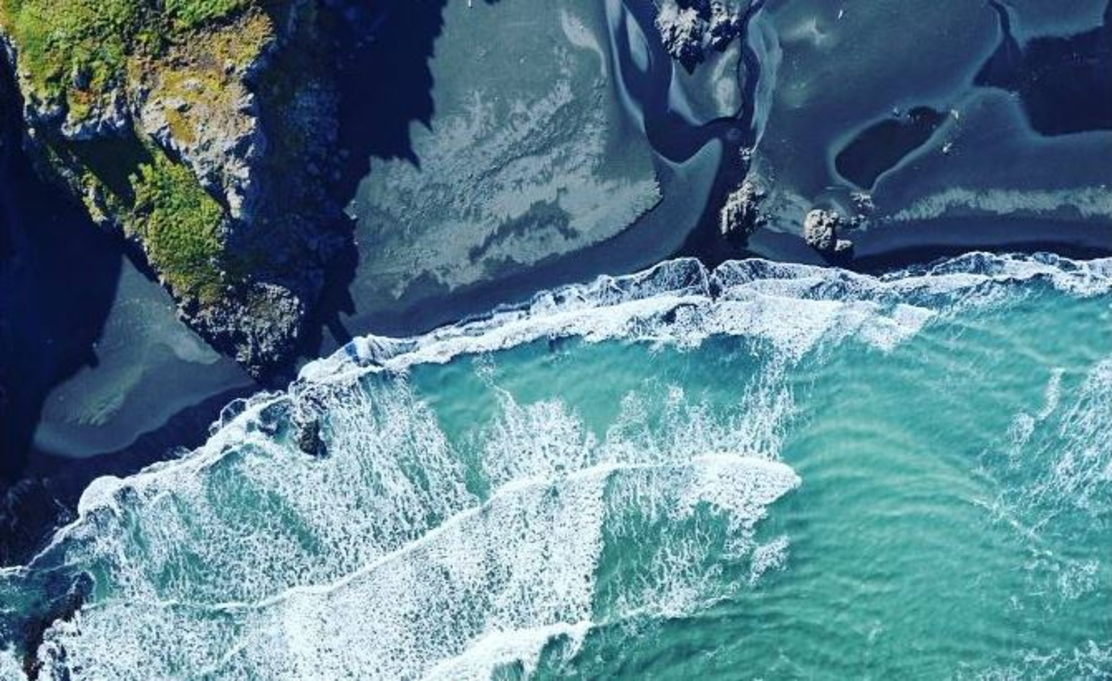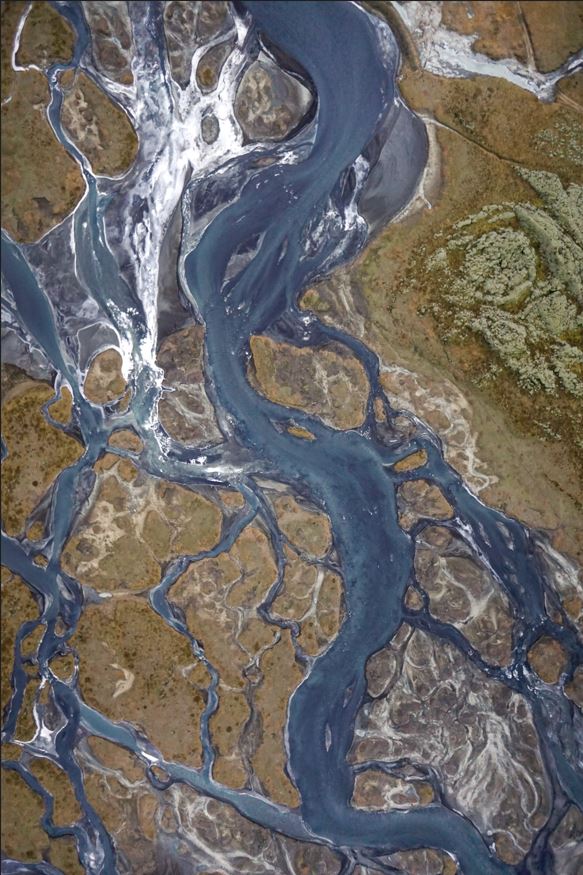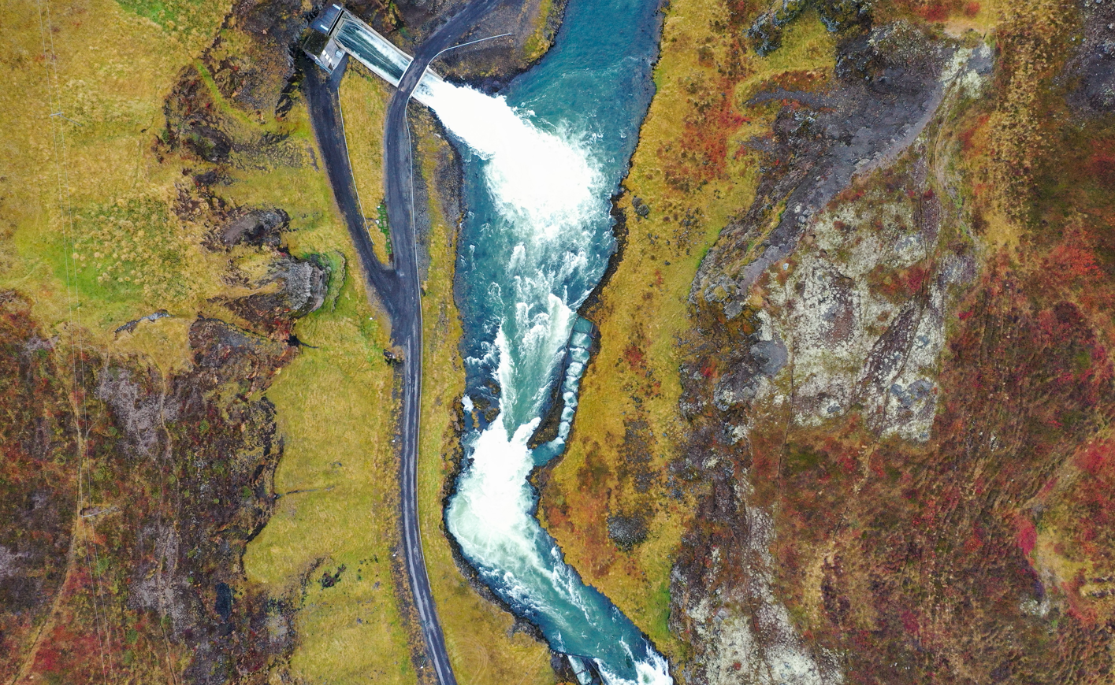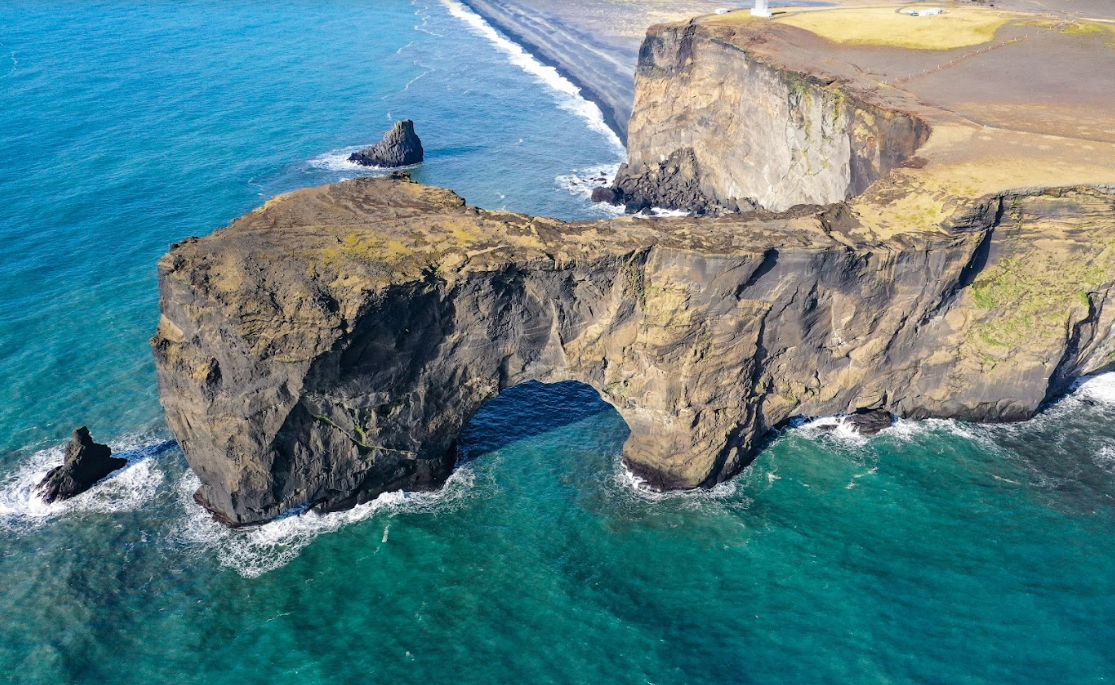The DIGITAL Journey to Nature Positive
The final entry in a series of four articles by Svarmi detailing the risks and opportunities that companies around the world are facing in relation to their interactions with nature.

Knowledge as power
We live in an unprecedented era where a wealth of information is readily available at our fingertips. Information that once took days, weeks, months or years of research to access can now be found in seconds or milliseconds using modern search engines. For years, people have looked towards the day where they can quantify what is actually happening on our planet in near real time and many believe we are closing in on the day where our home planet becomes easily searchable, just as the internet did a while back.

The widespread availability of remotely sensed earth observation data, from satellite imagery, drones, aeroplanes, and ground sensors, allows us to capture accurate and detailed information about the world around us. However, with multiple pathways to knowledge comes a challenge. Corporate risk varies inversely with knowledge, but to generate the right knowledge requires the right data.
Not all data is created equal
You cannot manage what you do not measure. With ever growing commitments towards a more sustainable, net zero, nature positive future, measurements will be key.
There are a myriad of ways to acquire data, and then more ways still to process, analyse, visualize, and contextualize it. This presents a problem, if all data is not created equal then all decision points derived from that data are also unequal. One particular issue many companies have faced is self-collecting and self-reporting of information. Such data can unfortunately be rife with gaps and inaccuracies, as both the collection and processing rely heavily on manual entry and can often be subject to human error or bias.
There is a new urgency to streamlining data collection processes relating to nature interaction, as legislation, best-practices and frameworks continue to be introduced at the local and global levels, encouraging or requiring companies to bring improved transparency into where and how they are impacting nature and demonstrating clear strategies for improvement. Conditions are becoming increasingly stringent, and reporting can no longer be based simply on estimations or other interpolations of data.
Temporary solutions often become permanent problems
Companies around the world have laid down a journey towards implementing the value and cost of nature with greater precision into their business decision processes, better understanding the scope and intensity of their related risks and opportunities. In the early phases of this journey, it is worthwhile to consider that temporary solutions can become permanent problems. Building a nature positive strategy on the back of analog data collection can lead to problems as site and asset level information needs to be aggregated and reported at the organisation level, at scale. Companies need to build and adopt applicable digital infrastructure in order to make use of rapidly developing technology, making it far more feasible to generate metrics and insights for their entire operation, traceable down to each asset and area of impact.
Data as a service
The availability and accessibility of remote sensing data has never been better and it continues to improve. Satellites map the earth every single day with a variety of different sensors, providing building blocks for a variety of use cases, including nature and biodiversity measurements.
Sensors mounted on airplanes, drones, and on the ground are rapidly improving in quality and affordability and the platforms to carry them, especially satellites, drones and ground platforms, are becoming more widely adopted by organisations, supporting multiple use cases across sectors ranging from asset inspection to urban planning, crop management, market information on multiple commodities, parametric insurance, and many more.
So, how does this tie into the nature positive agenda?
Earth observation provides a unique capability to support digital nature positive strategies by measuring nature assets such as forests, vegetation, animal habitats, water, and soil with a high level of automation. By using earth observation to replace highly time consuming manual work, companies are able to significantly reduce friction relating to current mandatory environmental impact assessments as well as upcoming requirements and frameworks for ongoing risk and opportunity assessment and nature related financial disclosures.
The digital journey to nature positive – what does the future hold?
For the past years, significant efforts have gone into building the technology infrastructure of making earth observation data widely available and accessible. Parallel to this, analytics capabilities and processing power has improved significantly. For many use cases, what remains to be solved is making the technology more user friendly to be able to use it to make daily decisions without needing to be an expert in the technology being used.
Not only is usability believed to improve as more focused applications are built for different use cases and specific problems, increased abstraction of data sources is also set to take place, meaning that end users won’t have to decide whether they want or need data from a satellite, airplane, drone, ground sensor or ground observation. Instead, the right data sources will be selected by the applications depending on the result to be generated, increasingly moving towards a similar experience as today’s search engines.
Similar articles

The Corporate Sustainability Reporting Directive (CSRD)

Nature Based Risk: Corporate transition and compliance

